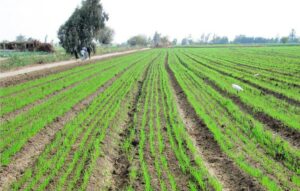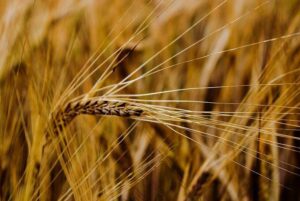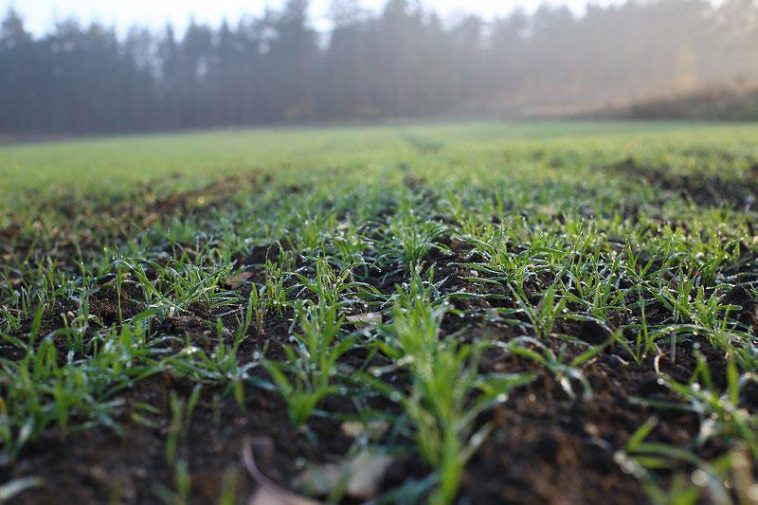Agriculture as the backbone of Namibia’s economy has a major role to play in achieving Vision 2030. However, to be able to make a significant contribution towards the growth of the economy and thus wealth creation, agricultural production/output must increase manyfold.
For the realisation of such an increase, the following crucial issues must be addressed: Subsistence farming should become commercialised, for example, land ownership in some form or other should be allocated to individuals, underutilised areas should be developed and put into production, and the problem of bush encroachment should be addressed and solved at national level.
Food production at competitive and affordable prices for the consumer is the biggest challenge that farmers worldwide have to face. With input costs increasing at a higher rate than the increase in prices realised for produce from the farm, it is clear that productivity and the production capacity on farms have to improve continuously.
This also applies to Namibia’s agricultural sector. Agricultural production is no longer just a matter of producing whatever the farmer is able and willing to produce and then expecting to achieve good prices for the product. Farmers have to become more involved in the value chain, and should become much more market orientated by being sensitive to the needs and preferences of the consumer whom they want to serve.
Crop production is the oldest form of agricultural activity. It originated about 9 000 years ago on the banks of the Euphrates and the Tigris river, where the first cereal grains are said to have been cultivated. Plant production is an exceptional art of utilising nature’s gifts to the benefit of human beings and their environment. However, in Namibia this production line is challenged by several factors that need to be considered before the first spade can be picked up.
Markets
Although Namibian markets are undersupplied for most commodities; the biggest challenge to local crop producers is to identify and utilise the competitive advantage against imported goods. This is possible with the seasonal production cycle, as determined by the Namibian climate.
South African producers produce for a much longer season and sometimes even all year round, thereby ensuring an almost continuous supply. Therefore, local dealers are reluctant to buy locally. Namibians will have to exploit the niches when, due to our warmer climate, we can produce a certain crop two or three weeks earlier (or even later) than our southern neighbours. Watermelons and grapes are good examples in this regard.

Long transportation distances
Most production requirements like seeds, fertiliser and equipment come from South Africa. These need to be transported over long distances to the production area from where the produce must again be transported back to the markets. Transport is expensive and so is the product that needs to be transported. The local market is limited, and therefore it remains the crop producers’ responsibility to scientifi cally investigate, develop and exploit new markets, locally as well as regionally and overseas.
High production costs
Another challenge is the high cost of energy – electricity and diesel fuel – in Namibia. Particularly the high-potential crop production areas of north-eastern Namibia are far removed from almost everything. Scientifically proven low-cost production systems are the only answer to this problem.
Suitable dry land and GM (genetically modified) cultivars
High-production cultivars and hybrids are developed in South Africa for South African circumstances. These are used in Namibia as well, because locally developed cultivars, which could possibly make a difference in our drier and warmer production areas, are still lacking.
Another challenge is the investigation of the possible planting of seeds which have been genetically modified. if this proves to be safe, Namibian producers could possibly save on losses due to pests and weeds, as well as on pesticides and herbicides. Presently, there is a moratorium by the Government of Namibia on the use of GMOs in Namibia. Namibia therefore maintains a GMO-free status, until the Biosafety Act of 2006 (Act no 7 of 2006) and the regulations to support the Act, are implemented.
Before any investments are undertaken to purchase equipment or to prepare a piece of land for crop production, a few questions should be answered:
Do I have sufficient water to consider plant production?
Vegetables need up to 7 000 m³ of water per hectare per plant cycle.
What do I want to produce: agronomic or horticultural products?
Rain-fed agronomy requires a long-term average of about 500 mm per season. What kind of system would be appropriate?
Rain-fed agronomy in northern Namibia
This system ranges from small-scale, one to five-hectare mahangu plots in the northern communal areas, up to large-scale grain and cotton farms of several hundreds of hectares in the Otavi-Tsumeb-Grootfontein triangle. It is important to define a benchmark (a goal) of what the prospective farmer intends to achieve. This will determine the equipment he needs, whether it is an animal-drawn cultivator or a tractor and a plough with several plough shares.

Irrigated horticulture
Irrigation in Namibia occurs mainly along the perennial rivers of Namibia as part of the Green Scheme Project, on the banks of some of our ephemeral rivers, like the Swakop and the Omaruru River, or in the Stampriet sub artesian water carrier. In this case, the water must be shallow and plenty, or else any irrigation project is doomed to failure. The Hardap scheme, which irrigates about 2 000 ha of mainly lucerne and grains, is an exceptional and highly specific situation.
Irrigation under plastic tunnels
This is usually a relatively small but highly advanced and intensive production system. Surely, a very different approach would be considered if one compares this system with the targets of large-scale agronomy.
Other factors like the availability and quality of soils, soil depth, climatic circumstances, distance to markets, availability of storage facilities, electricity, and other existing infrastructure, determine the choice of production system.
Remember one thing: Crop production needs a lot of water! The information in this article is credited to the Namibia Agricultural Union and Namibia National Farmers Union who published the Crop Production Manual in 2008.









